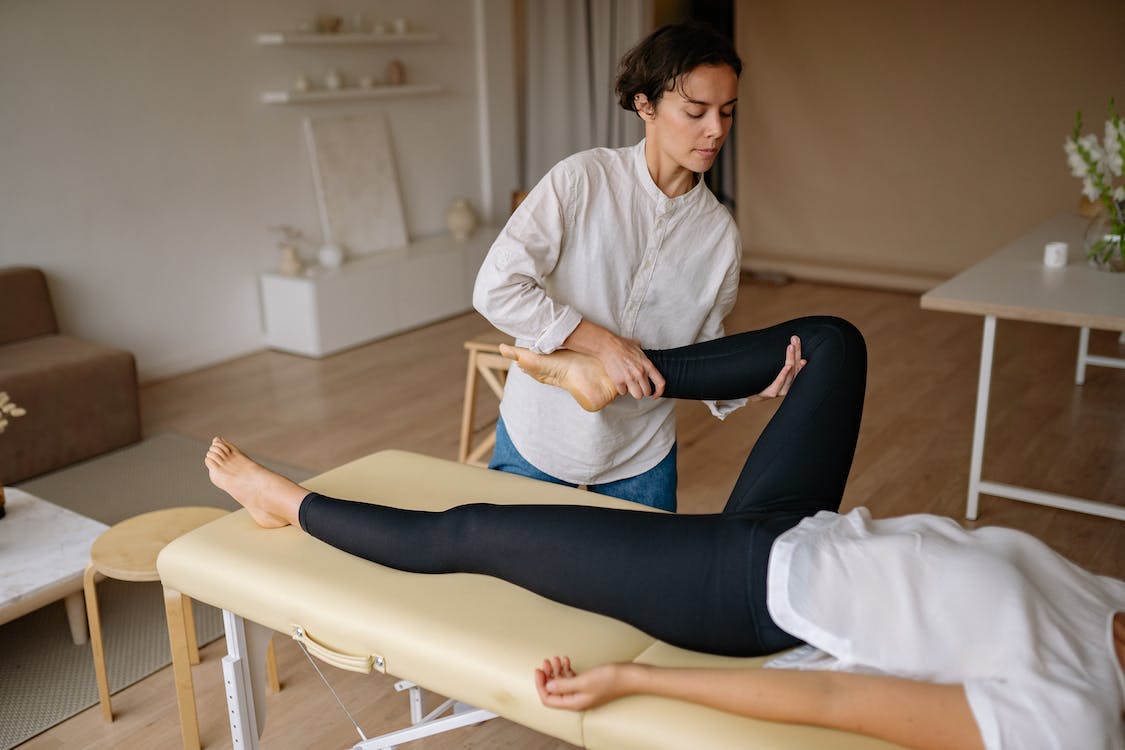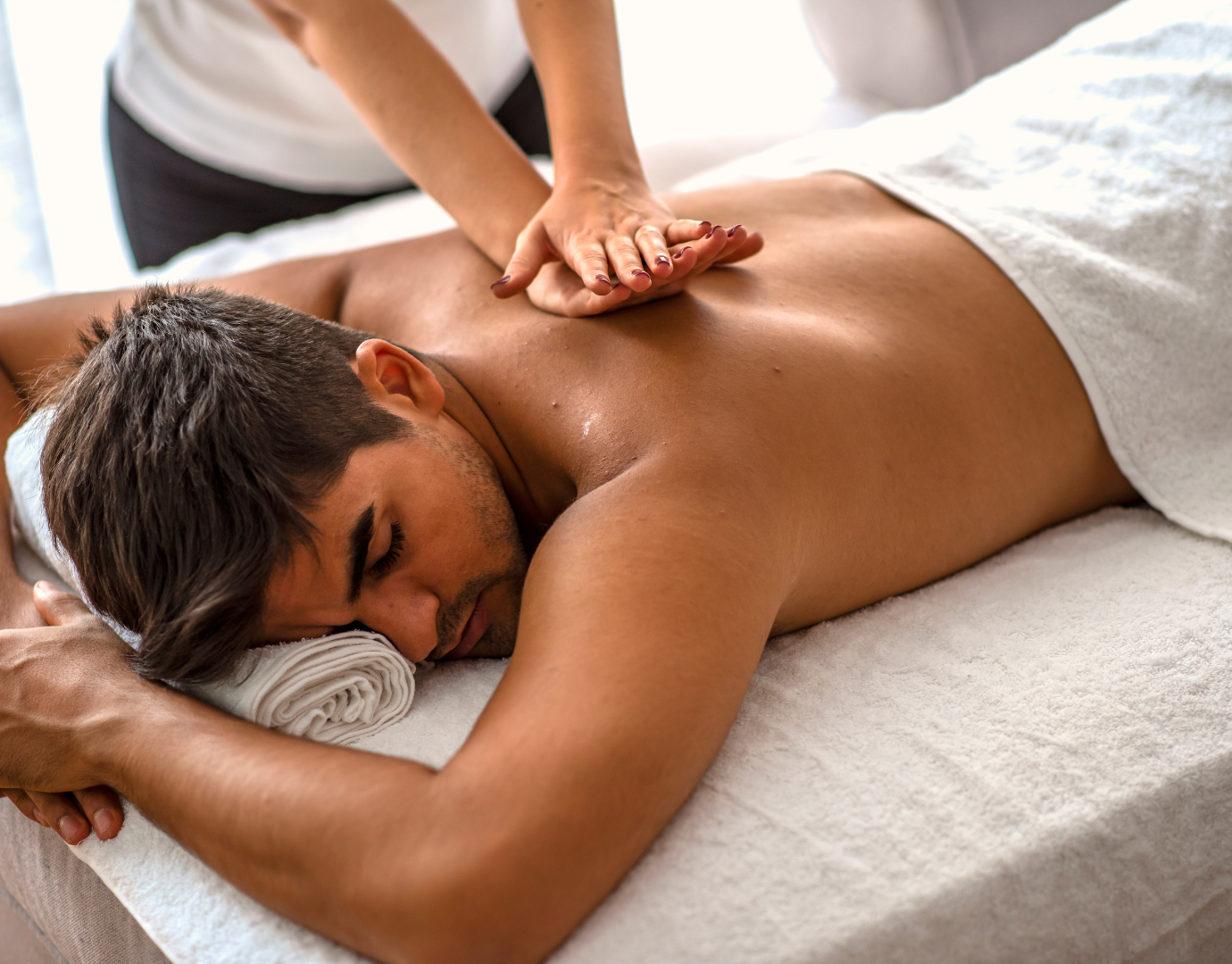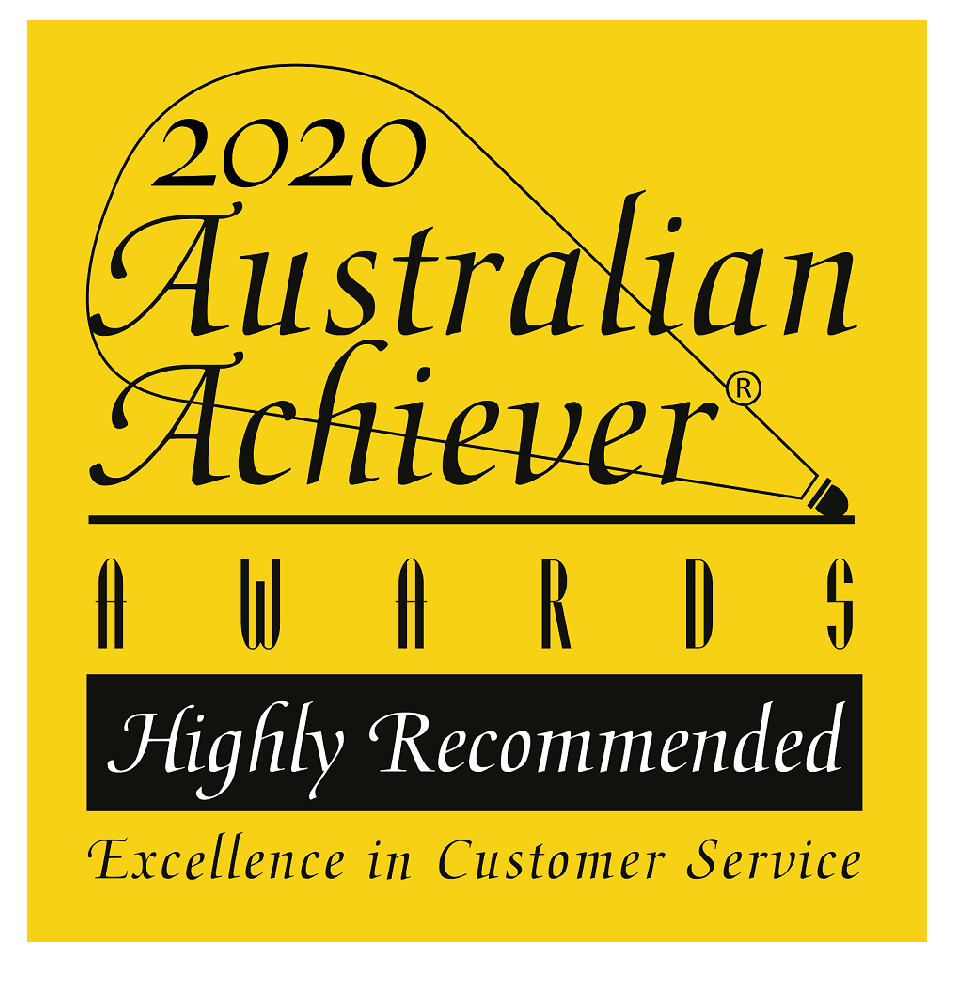Massage Courses Melbourne
Find the right massage therapy course for you
The massage courses Melbourne therapists need to get the edge
Become a highly skilled and in-demand massage therapist with nationally recognised qualifications from MIMT.
At Melbourne Institute of Massage Therapy our sole focus is on massage and myotherapy. Unlike other educational institutions we are fully specialised in providing massage courses, with qualifications for everyone from beginners to seasoned professionals looking to upskill. As such we offer excellent modern facilities specially geared towards massage therapy training.
Our small class sizes ensure you’ll receive personalised, individual attention from teachers for a positive and profitable learning experience. Meanwhile, our fully inclusive fees mean there are no unexpected surprises with no hidden textbook or equipment costs.
A great range of massage courses backed up by industry experience and ongoing support
From short introductory courses to Advanced Diplomas and Postgraduate courses, at MIMT we can take you where you want to go.
Our students gain valuable work experience from a diverse range of clients including the chance to work with elite athletes at AFL football clubs and sporting events along with gaining corporate and clinical massage experience.
One of the best things about studying at MIMT is the fact that our support continues even after you graduate. Our MIMT graduates have access to ongoing training courses and postgraduate studies along with meetings and lectures from some of Australia’s leading soft tissue therapy experts.
Nationally Recognised Training from industry leading teachers
As an Australian Skills and Qualifications Authority (ASQA) accredited training provider we offer high quality nationally recognised qualifications. In fact, our courses are recognised by a range of industry associations including:
• Massage & Myotherapy Association (formerly Australian Association of Massage Therapists (AAMT))
• Association of Massage Therapists (AMT)
• Massage Association of Australia (MAA)
• Australian Natural Therapists Association (ANTA)
• Australian Traditional-Medicine Society (ATMS)
• International Institute of Complementary Therapists (IICT)
Our Diploma and Advanced Diploma courses are also recognised by Workcover and a number of private health funds, giving our graduates access to a very lucrative market.
Every one of our hand selected trainers is highly qualified and respected in the massage therapy industry. Our practical hands on trainers run successful practices and many have worked for elite National and International sporting events, including the Olympics and Australia Open tennis championships.
If you’re after a career boost from massage courses Melbourne professionals trust, then MIMT is the place for you.
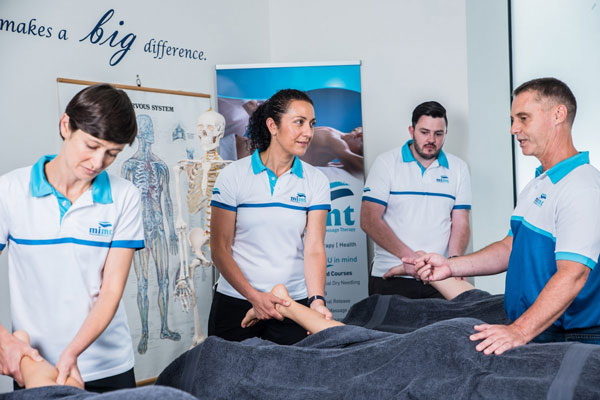
MASSAGE COURSES
Whether you want to learn massage as a hobby to spoil your family and friends, start a massage career or perhaps enhance your existing massage therapy qualification, the Melbourne Institute of Massage Therapy (MIMT) is a certified massage school who provides a wide range of massage courses in Melbourne to meet any of your requirements. We have the best massage courses in the industry including:
• Introduction to Massage Therapy
• Certificate IV in Massage (HLT42021)
• Diploma of Remedial Massage (HLT52021)
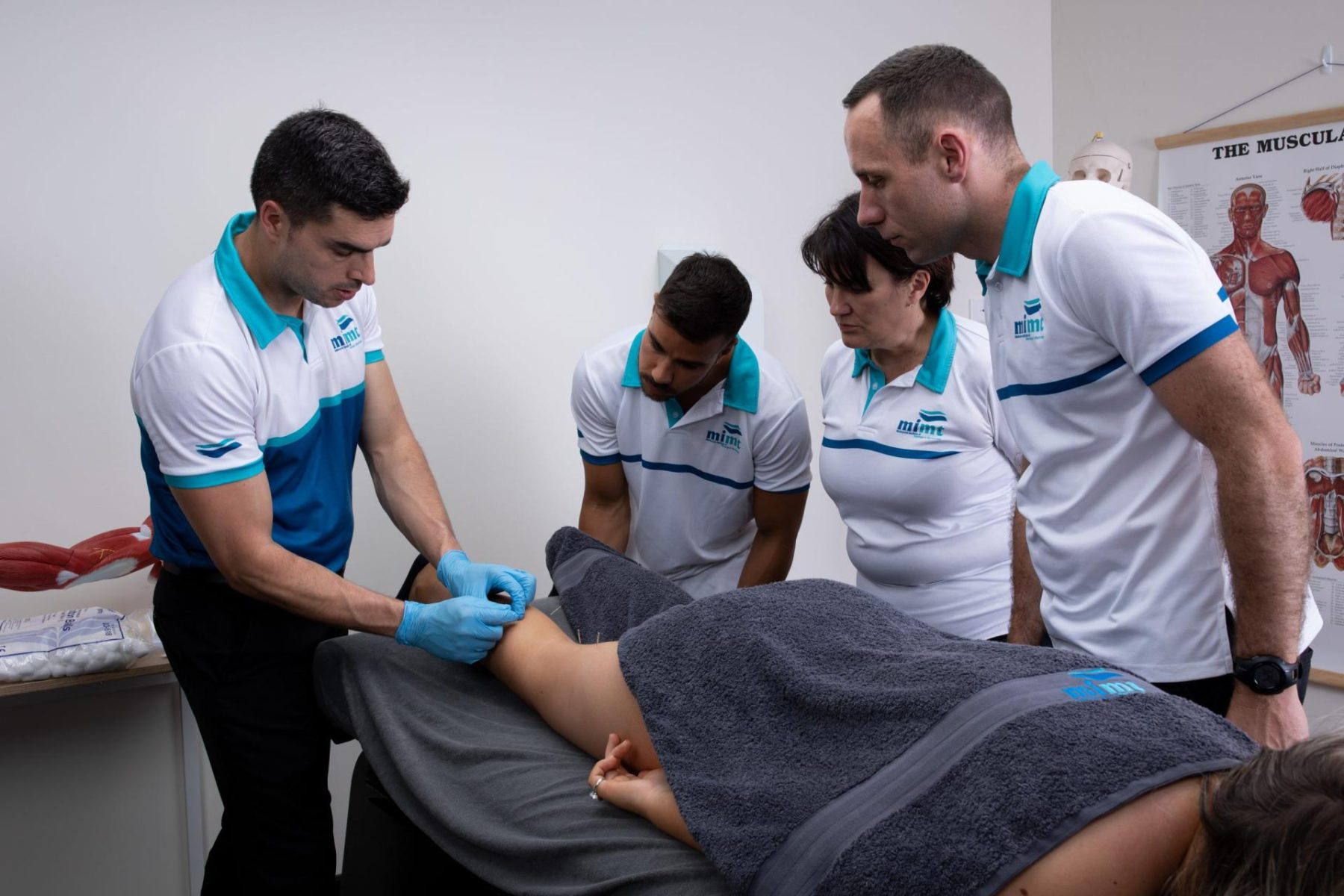
MYOTHERAPY COURSES
The Advanced Diploma of Myotherapy at the Melbourne Institute of Massage Therapy gives the opportunity of further enhancing clinical and treatment skills attained at Diploma of Remedial Massage level.
Myotherapy is used to prevent and treat problems caused by dysfunction of the body’s soft tissues which surround and separate muscles and form tendons and ligaments. These tissues are known as myofascia.
Myotherapy qualifications allow massage therapists to perform a wider scope of practice than other massage therapists including myofascial dry needling, therapeutic exercise prescription, nutrition and electrotherapy. Our Advanced Diploma of Myotherapy also involves a business management component which prepares graduates for running their own Myotherapy practice or clinic.
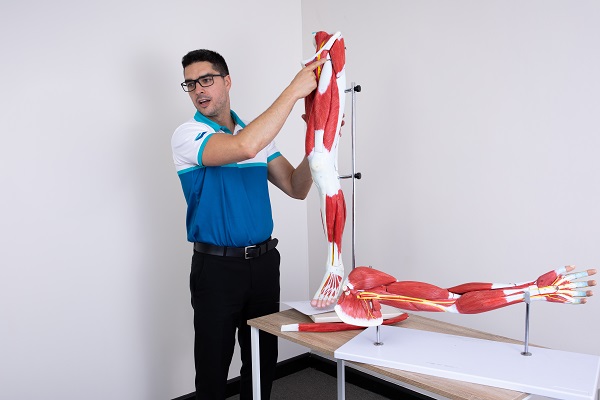
PROFESSIONAL DEVELOPMENT COURSES
Stand out from the crowd and offer your clients a wider range of services with our range of postgraduate study options. For students who have attained a Certificate IV in Massage, Diploma of Remedial Massage or Advanced Diploma of Myotherapy, we provide massage courses and specialisations to help you expand your scope of practice. Our professional development courses include:
Student Clinic
We would like to welcome you to book into MIMT’s student clinic.
As part of training in Victoria, students are required to gain experience external to their course for both the Diploma of Remedial Massage & Advanced Diploma of Myotherapy.
This means that we invite members of the public to book in for relaxation & remedial massages as well as Myotherapy treatments at a heavily discounted rate of $30 for Relaxation, $35 for Remedial Massage and $40 for Myotherapy – 1 hour consultation – Card payments preferred.
Our clinic is fully supervised by a qualified therapist & lecturer at the college and proceeds from the clinic are donated back into the community through a range of charities.
No double appointments.
Why choose MIMT?

OUR REPUTATION
We are extremely proud of the reputation we’ve developed after training therapists for over 22 years.
Our unique training methods and specialist teaching staff ensure that we produce the most highly skilled and most marketable Massage Therapists and Myotherapists to hit the marketplace, over and above any other.
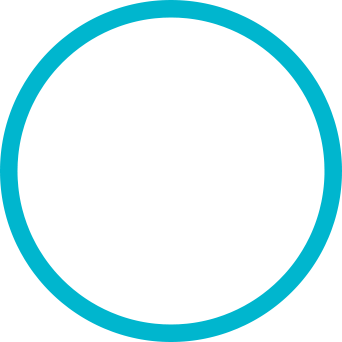
OUR TRAINERS
The staff and trainers of the Institute are the best in the business offering unprecedented student support. All the trainers are highly qualified and respected in the industry. All of the “hands on” trainers have successful practices and many have worked at elite National and International sporting events, including the Olympics and AustralianTennis Open.
THE COST OF OUR COURSES
Our fees are fully inclusive there are no hidden costs for textbooks or equipment. Compared to that of our competition, we believe our courses are extremely good value for money. With several funding options available, it’s never been easier to start your career in massage or upgrade your Diploma qualification to the Advanced Diploma of Myotherapy.
FAQS
Yes.
Massage therapists are often called upon to assess and treat myofascial pain, injuries, and dysfunction affecting movement and mobility. If you’re planning on working in a clinical environment, you must have the qualifications, experience, and education to treat patients.
Absolutely. At MIMT, we want education to be accessible to everyone, so we offer a wide range of support options for our students.
Skills First Funding (formerly Victorian Training Guarantee, Government subsidised funding) is available for some courses, but eligibility criteria may apply. VET funding is also available through the Australian Government, along with Student Loans, but again, some eligibility criteria may apply.
If you are ineligible for these specific student support programs, we also offer flexible payment plans at MIMT. Make sure to get in touch with our course advisors to find out more.
After achieving a Diploma of Remedial Massage, we recommend pursuing an Advanced Diploma of Myotherapy.
With an Advanced Diploma of Myotherapy, you will learn more advanced techniques like dry needling and cupping, so you can provide a wide range of services to clients and patients alike. You will enhance your existing knowledge and experience in remedial massage, and open up a world of opportunities in more clinical work environments and roles.
If you’re simply looking to add some new skills to your existing Diploma in Remedial Massage, we recommend taking some short courses like dry needling and cupping. These short courses will pave the way for future learning and the Advanced Diploma in Myotherapy.
Job prospects are changing all the time – however, Job Outlook projects the number of massage therapists in Australia is due to grow over the next few years. There are likely to be 10,000 job openings with more part-time work available than full-time.
Before committing to a new career, it’s a good idea to check job listings in your local area. You will also have the option to start your own business or work from home as a massage therapist.
Need to move town? Our diplomas and courses are nationally recognised and accredited, so you will be able to take your massage therapy experience wherever you go.
It depends on what career path and course you’re looking to take. For example, our Diploma of Remedial Massage can be studied part time or full time, but our Advanced Diploma of Myotherapy is a comprehensive, full time course spanning nine months.
Our short courses, on the other hand, are face-to-face. However, our short courses require a Diploma in Remedial Massage.
Most of our courses require attendance on campus at least one day a week. Some subjects can be studied online, so a laptop or PC will be required for online lessons.
For our Diploma of Remedial Massage and Advanced Diploma of Myotherapy courses, you will be required to spend extra hours outside of the course doing work experience. This is essential for you to get some additional hands-on experience and get a feel for the industry.
We have lots of work experience opportunities available. For Remedial Massage, you can spend some time providing remedial massage at local football clubs, or learn from medical professionals in a clinical environment.
For Myotherapy, you will spend additional hours in our student myotherapy clinic on campus, but also have the opportunity to provide myotherapy services in sporting clubs and charitable organisations.
For more information about our work experience opportunities, get in touch with our course advisors.
It depends on which course you’re planning to take. For example, our Advanced Diploma of Myotherapy is a full time course which lasts nine months, whereas the Diploma of Remedial Massage can be taken part time or full time, so you can learn at your own pace.



